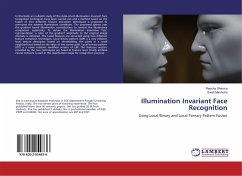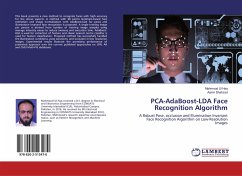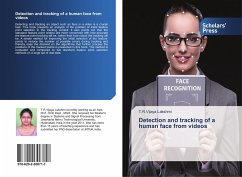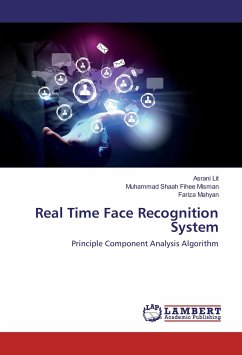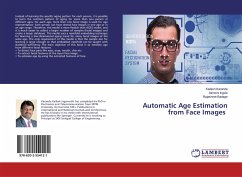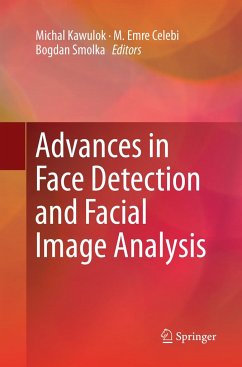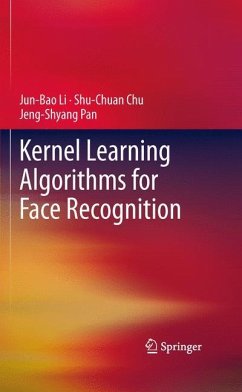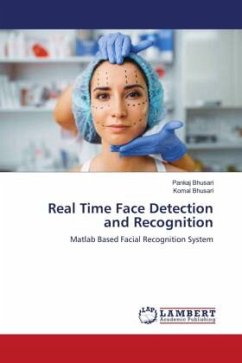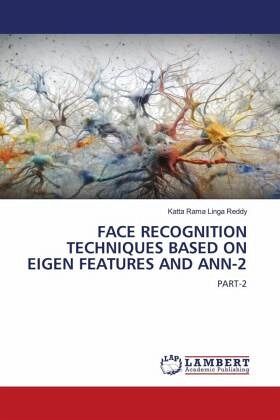
FACE RECOGNITION TECHNIQUES BASED ON EIGEN FEATURES AND ANN-2
PART-2
Versandkostenfrei!
Versandfertig in 6-10 Tagen
40,99 €
inkl. MwSt.

PAYBACK Punkte
20 °P sammeln!
Face recognition has garnered significant attention from researchers in the field of pattern recognition in recent decades. Its importance has grown due to its potential applications in law enforcement, access control systems, video surveillance, user authentication, and criminal investigations. While there are face recognition systems that perform well in controlled environments, real-time applications pose significant challenges. Factors such as illumination, expression, pose, scale, low resolution, partial face occlusion, and environmental conditions make face recognition a complex task. To...
Face recognition has garnered significant attention from researchers in the field of pattern recognition in recent decades. Its importance has grown due to its potential applications in law enforcement, access control systems, video surveillance, user authentication, and criminal investigations. While there are face recognition systems that perform well in controlled environments, real-time applications pose significant challenges. Factors such as illumination, expression, pose, scale, low resolution, partial face occlusion, and environmental conditions make face recognition a complex task. To address these challenges, this study proposes a hybrid face recognition system that considers both holistic and structural information. In the first method, the feature vector is directly inputted to an ANN (either Backpropagation Neural Network or Radial Basis Function Network) for classification. In the second method, the feature vector formed by combining multi-scale face components is projected onto a PCA or LDA feature space to obtain a feature weight vector, which is then used as input to the ANN classifier.




